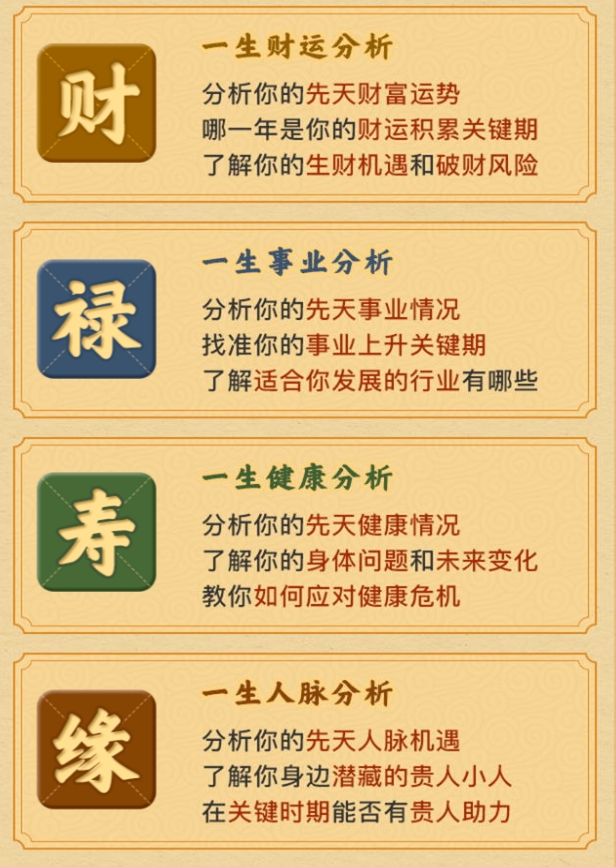November 14th in English: Date & Pronunciation Guide, How to Write and Say It Correctly, Calendar Format Examples
When discussing dates in English, November 14th represents a specific day in the eleventh month of the Gregorian calendar. The written and spoken forms follow distinct conventions that non-native speakers often find confusing. Why does English use ordinal numbers for dates? This stems from historical linguistic patterns where ordinal indicators ("th," "st," "nd," "rd") denote position in a sequence. For November 14th specifically, we use "14th" because fourteen falls between 13th and 15th in the ordinal sequence. The pronunciation follows this pattern as well, with emphasis on the second syllable: "No-VEM-ber FOUR-teenth."
The representation of November 14th varies significantly between major English dialects:
How should you properly pronounce "November 14th" in English? The correct articulation breaks down into three components: the month name, the ordinal number, and the year (when included). For November, stress falls on the second syllable (no-VEM-ber), while "14th" becomes "FOUR-teenth" with a soft "th" sound. When saying the full date, native speakers typically insert a slight pause between month and day: "November... fourteenth." In conversational contexts, Americans might say "November fourteen" informally, though this technically violates grammatical rules.
Non-native speakers frequently encounter these pronunciation challenges:
Beyond its linguistic aspects, November 14th holds historical significance that influences how we reference the date. The 14th of November marks several important events: the birth of King Charles III in 1948, the first recorded observation of a supernova in 1572 (by Tycho Brahe), and World Diabetes Day since 1991. These commemorations reinforce the need for proper date formatting in official documents and international communications. Historical documents show evolving date conventions, with 18th century British texts often using Roman numerals for months (XIV November MDCCLXXVI).
Notable works referencing November 14th include:

The context determines how strictly we apply date formatting rules for November 14th. Formal situations demand complete ordinal construction: "The conference will commence on November 14th, 2025." Legal documents often spell out all components to prevent ambiguity. Informal contexts permit shortcuts like "Nov 14" in text messages or "11/14" in personal notes. Digital platforms complicate matters further Google Calendar displays dates differently based on user location settings, while social media platforms may auto-format dates according to the user's IP address.
Professional correspondence requires attention to these details:
ESL curricula employ specific techniques to teach November 14th and other dates effectively. The listen-repeat-drill method helps students master pronunciation, while comparison charts clarify regional differences. Classroom activities might include:
Teachers frequently correct these mistakes:

Digital systems have standardized certain aspects of November 14th's representation while introducing new complexities. The ISO 8601 standard (2025-11-14) dominates programming and database applications, ensuring unambiguous date sorting. However, user interfaces often display dates according to local conventions, leading to potential confusion in international collaborations. Voice assistants like Alexa or Siri may pronounce November 14th differently based on their language settings some might say "November fourteenth" while others default to "the fourteenth of November."
Developers work with these common representations:
Precision in writing November 14th carries particular weight in contracts and financial instruments. A misspelled or misformatted date could theoretically invalidate legal documents or cause payment processing delays. International banking systems use standardized date formats to process transactions dated November 14, 2025, with SWIFT messages requiring YYYYMMDD format (20251114). Stock market filings in the U.S. must use SEC-prescribed date formats that differ from general American usage, demonstrating how specialized fields develop their own conventions.
Legal professionals pay attention to:
Memory aids help learners master November 14th's proper forms. Some teachers suggest associating the date with visual patterns: the double '1's in 11/14 resemble calendar grids. Rhyming mnemonics like "November's teen, fourteenth seen" reinforce ordinal number usage. Creative writing sometimes employs alternative spellings for stylistic effect the 14th of Nov." appears in vintage-style correspondence, while "11.14.25" might feature in futuristic narratives. These variations demonstrate language flexibility while maintaining comprehension.

English contains numerous date-based expressions:
As global communication increases, November 14th's representation continues evolving. The influence of digital natives is shifting preferences toward numeric formats (11-14-2025) even in British contexts. International organizations increasingly default to ISO formats to prevent confusion. However, traditional ordinal forms persist in formal speech and writing, suggesting that "November 14th" will maintain its place in English usage for ceremonial occasions, historical commemorations, and literary applications. This duality between functional and ceremonial date usage reflects broader language evolution patterns.
Language preservation efforts continue documenting regional variations while acknowledging practical communication needs. The tension between traditional ordinal usage ("November 14th") and streamlined digital formats ("2025-11-14") mirrors broader debates about language standardization. As we move forward, November 14th serves as an interesting case study in how even simple date expressions carry cultural, historical, and technological significance.